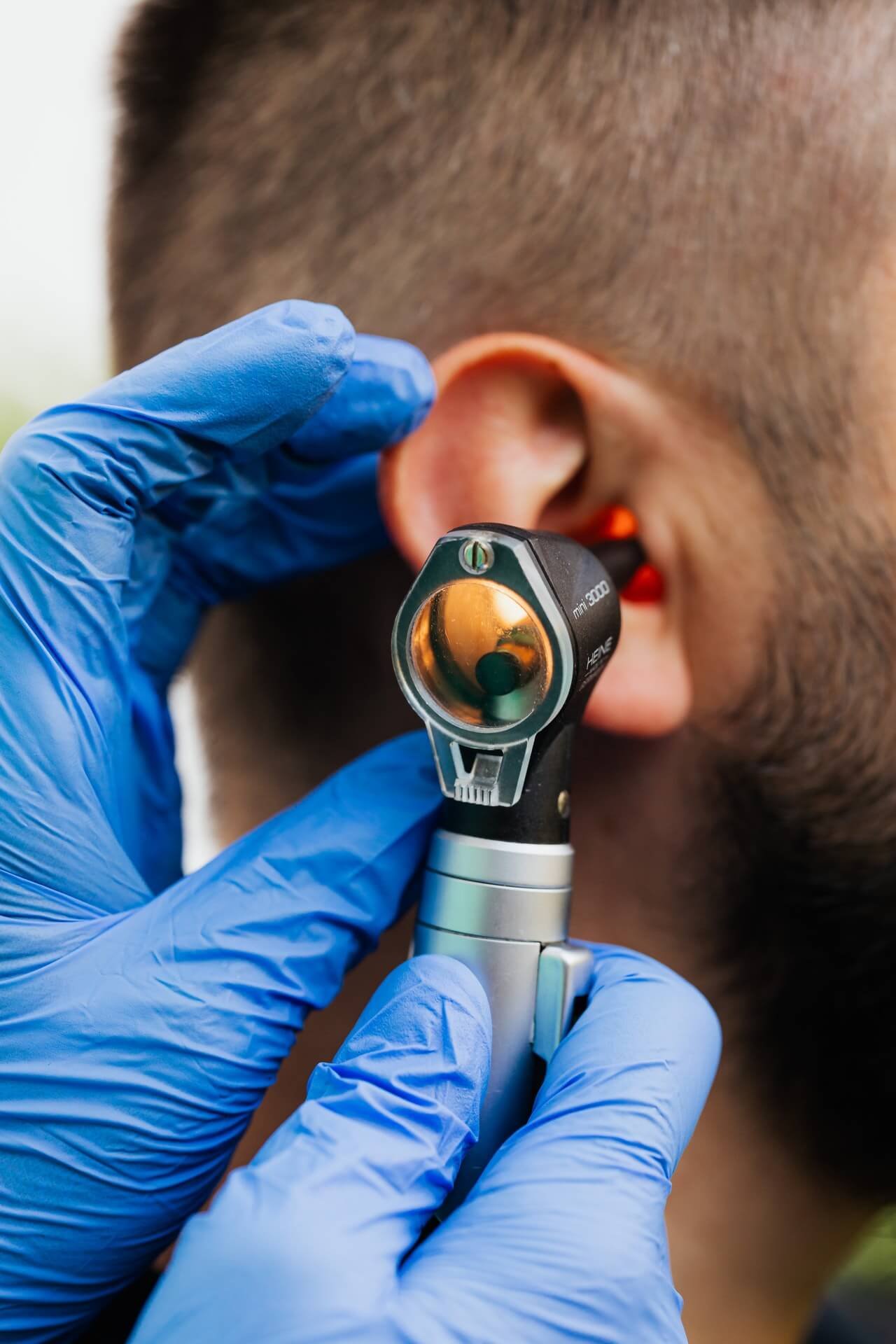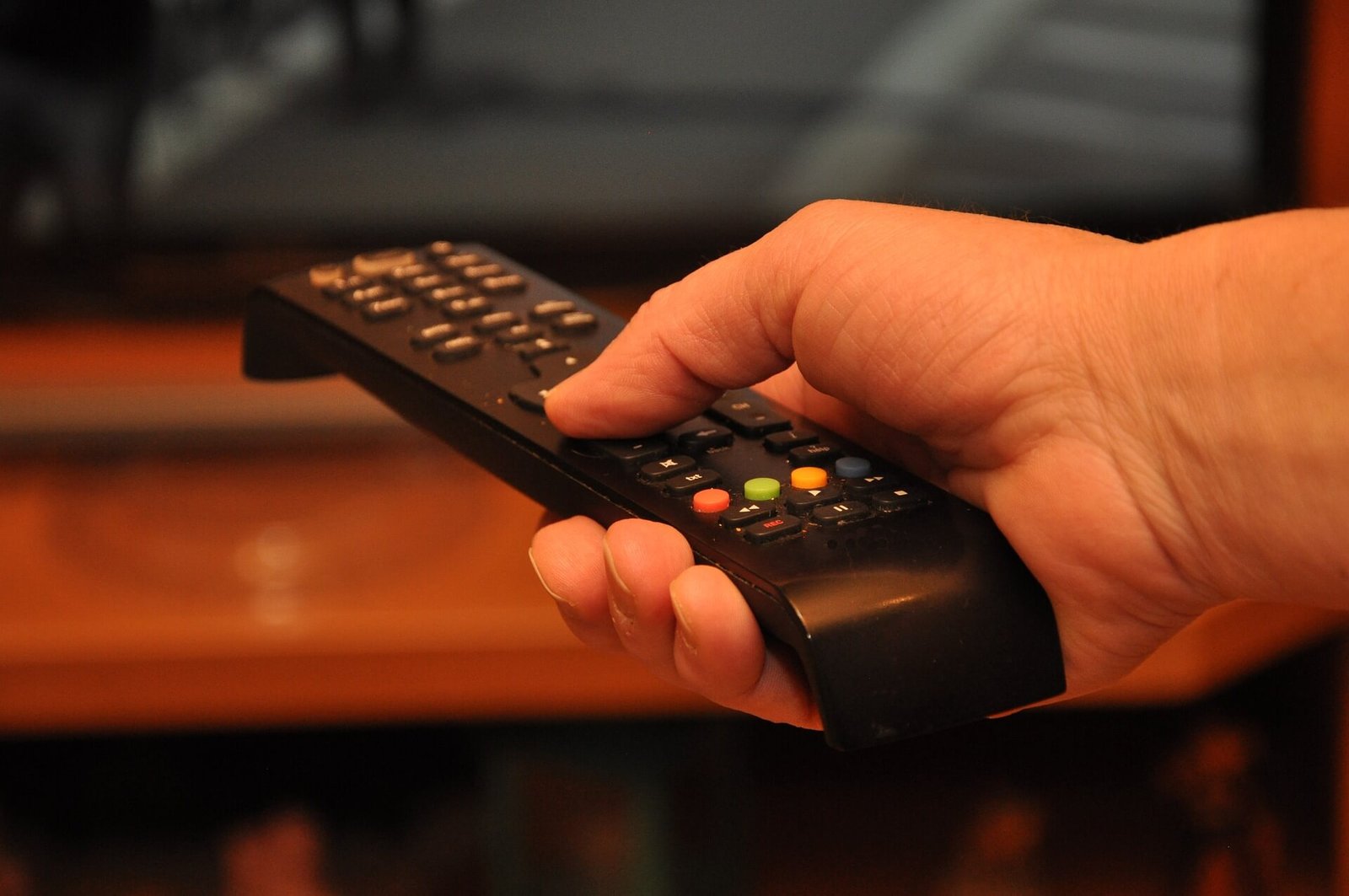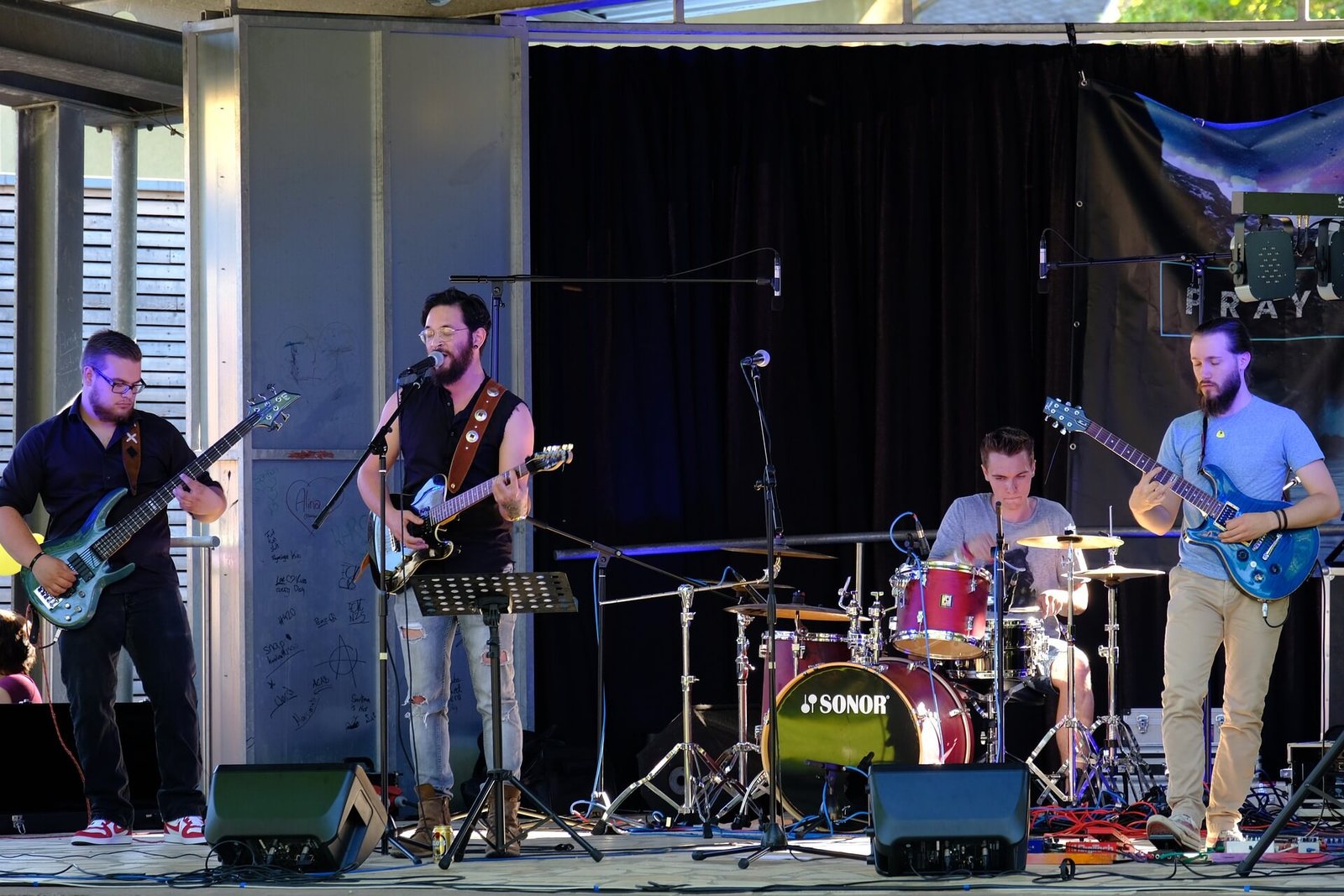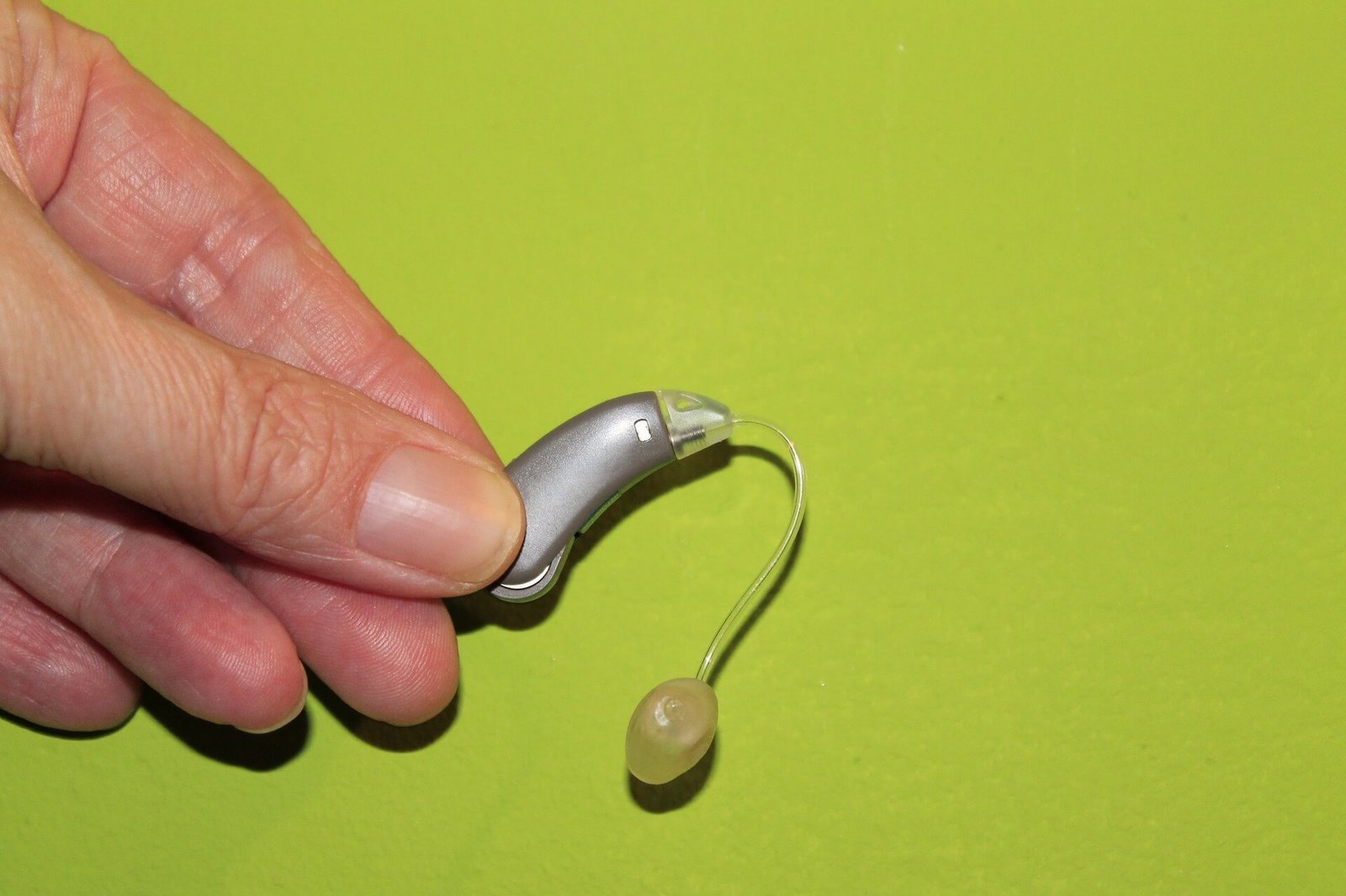Hearing Loss – 4 Basic Type and Preventive measures
 Short overview
Short overview
Hearing loss develops gradually with age (presbycusis). A person with hearing loss cannot hear someone with hearing thresholds of 20 dB or greater in both ears. It can be heard in one ear or both and makes it hard to hear conversational speech or loud noises.
The term “hard of hearing” refers to citizens who have serene to severe hearing loss. Hearing aids, cochlear implants, and other assistive devices, such as captioning, can be beneficial for a community.
Citizens who are “deaf” have profound hearing loss, which means they have small or no hearing. Subscribe to a language to communicate with them.
It can happen when any ingredient of the auditory (hearing) scheme is not working.
Causes
Noisy workplace

The racket level should not be over 85 dB. If it’s higher, turn off the blast or wear ear protection. There are ways to uproar pollution inside rooms, for example by installing carpeting or wallcoverings.
Controls for volume on domestic electronics

Reduce the volume of your TV, radio, or stereo where headphones are worn, like on MP3 players. Furthermore, the sound systems in vehicles are too loud.
Discos and concerts

In several countries, earplugs are needed at concerts or in nightclubs. It may make more sense to pivot down the volume level, but that’s not always possible in these venues. Use the earplugs supplied or carry your own ear protection. Never stand straight next to a loudspeaker or remain in an environment for too long. Don’t forget to give your ears a rest now and then.
Restaurants & cafes

Noise levels in restaurants and cafes can frequently be hazardous. Parents may not be aware that their babies and kids are making too much noise. You must avoid extremely noisy restaurants and cafes, or take note of the loudspeaker positions and ensure that your children are kept at a safe distance.
Machines and tools that are too loud

If you need to use loud tools or machinery, wear ear protection when using a lawnmower or power drill.
Uncertainty

At a young age, insist on your kids on the importance of their hearing. Toy guns, several electronic games can additionally be risky.
The presence of foreign bodies in the ear
Cotton buds: the pain they cause far outweighs any benefits they provide. Children, especially, this increases the risk of an ear infection. Ear wax production can additionally be enhanced by using cotton buds.
Infections and diseases
In these cases, treatment should not be delayed. Even washing with impure water can trigger an ear infection and these links. Childhood illnesses like measles, whooping cough, and mumps may bring on deafness.
There are four types of hearing loss:
1. Conductive refers to the inability of sound to pass through the outer or middle ear. It must have medication or surgery to treat this.
2. Sensorineural
3. Combination consultations for conductive and sensorineural hearing loss.
4. Auditory Neuropathy
It occurs when sound enters the ear. The sound normally hurts the inner ear or the hearing nerve, but somehow the brain processes it.
The outer ear
The outer ear is smooth and:
It is the portion we see on the sides of our heads, known as the pinna.
Ear canals
The membrane that separates the outer and middle ear is called the tympanic membrane.
A middle ear infection
The middle ear consists of:
Eardrum
The movement of the eardrum is transmitted to the inner ear by three bones, called ossicles.
Ear Inner
- The inner ear consists of:
- The cochlea is a snail-shaped organ for hearing
- Nerves that lead to the brain
- Auditory (ear)
- The nerve transmits sound databases from the ear to the brain.
- (Auditory) System
The symptoms
It may bring on the following subscribes and symptoms:
- Speech and other sounds are not clear.
- Having concern notion words, mainly against background uproar or in a crowd
- Consonants are hard to hear.
- Asking other people to converse more slowly, clearly, and loudly
- Refusal to engage in conversations
- Avoidance of positive social settings
Preventive measures
Numerous public health techniques and clinical interventions implemented across the life course can prevent countless causes.
From prenatal and perinatal periods through old age, the prevention of it is essential. The vast majority of current causes of hearing loss in adults, for example, exposure to loud sounds and ototoxic medications, can be prevented.
The following are efficient Techniques for reducing hearing loss at diverse stages of life:
- Vaccination;
- Maternal and childcare practices;
- Counseling on genetics;
- Identification and treatment of current ear conditions;
- Noise and chemical exposure programs for occupational hearing conservation;
- Strategies for reducing exposure to loud sounds in recreational settings;
- Preventing ototoxic hearing loss through the rational use of medicines.
Identifying and managing
The key to efficient management of ear diseases is before time detection.
Narrated ear diseases in the vast majority of vulnerable, systematic screening required. Added are:
- Newborns and infants
- Children in pre-school and school
- Those exposed to blast or chemicals at work
- Those taking ototoxic medicines
- Adults more than the age of 65
Clinical and community settings are accessible for hearing assessments and ear examinations. The “hearWHO” app and other technology-based solutions make it possible to veil for ear diseases and extremely restricted training and resources.
Following measures :

- hearing technologies, for example, hearing aids, cochlear implants, and middle ear implants.
- Sign language and other sensory substitution methods, such as speech reading, palm or Tadoma printing, and subscribed communication;
- therapy to enhance perception, communication, and linguistic abilities.
Seeking medical care
You should seek immediate medical attention if you suddenly lose your hearing, mainly in one ear.
If you have concerns about your hearing, talk to your doctor. You may not notice it at first because it occurs gradually.



